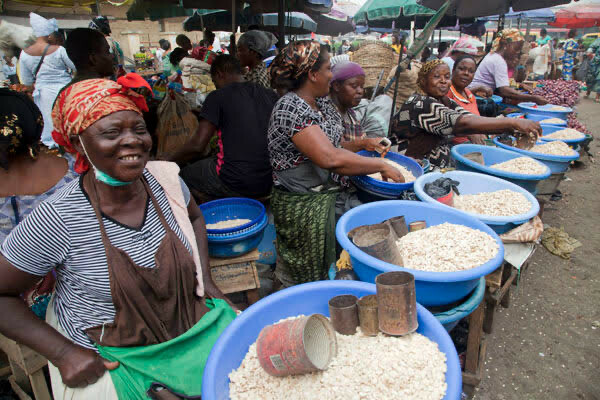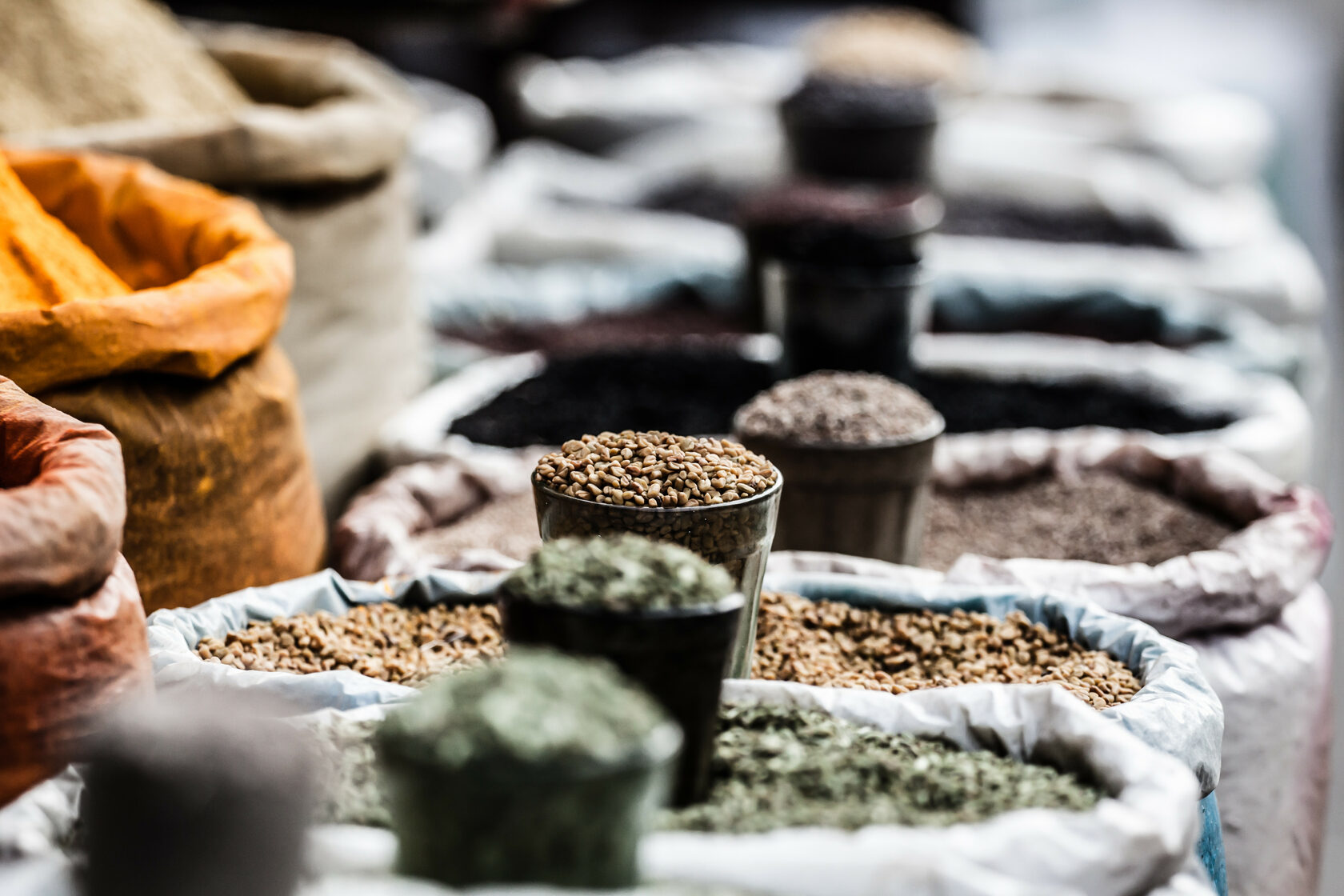This article focuses on crops (food or cash) that are being grown and exported widely across food baskets in most African nation states.

• Cereals and Grains
Africa produces all the principal grains ranging from corn, wheat, and rice. Corn has the widest distribution, being grown in virtually all ecological zones. Highest yields per acre have been recorded in Egypt and on the Indian Ocean islands of Réunion and Mauritius, and areas where production is under irrigation. Millet and sorghum are also produced but principally in the savanna regions of the continent. Rice production and consumption have become increasingly important and are closely associated with areas of rapid urbanization. The most important rice-producing countries are Egypt, Guinea, Senegal, Mali, Sierra Leone, Liberia, Côte d’Ivoire, Nigeria, Tanzania, and Madagascar.
• Legumes and fodders
Protein-rich legumes are produced widely, and usually sown together with other crops. They include velvet beans, cowpeas, soybeans, and lablab (hyacinth beans). In North Africa broad beans and vetches are also produced. Peanuts (groundnuts) are grown widely in western Africa, both for domestic consumption and for export.
• Tubers and Root Crops
Potatoes are cultivated in the higher elevations of such countries as Ethiopia, Kenya, and Madagascar, as well as in areas of Mediterranean climates in North and South Africa. Sweet potatoes have a more tropical and subtropical distribution, while the plantain is grown extensively in the tropical forest zones.
- Fruits and Vegetables
The banana is well distributed throughout tropical Africa, but it is intensively cultivated as an irrigated enterprise in Somalia, Uganda, Tanzania, Angola, and Madagascar. Also widely cultivated is the pineapple, which is produced as a cash crop in Côte d’Ivoire, the Congo basin, Kenya, and South Africa.
The principal orange-growing regions are the southern coast of South Africa and the Mediterranean coast of North Africa, as well as Ghana, Swaziland, Zimbabwe, the Democratic Republic of the Congo, and Madagascar. The largest yields are produced in countries where basin irrigation is practiced. South Africa is the largest producer of grapefruit, followed by Sudan.
Tomatoes and onions are grown widely, but the largest-producing areas border the Mediterranean. Large vegetables, such as cabbages and cauliflowers, are grown in the same region, from where it is possible to export some quantities to southern Europe. Important vegetables of tropical Africa include peppers, okra, eggplants, cucumbers, and watermelons.
- Beverage Crops
- Fibres
- Other Cash Crops
At Power of Africa, we believe that adequate investments in agriculture involving both public and private sector interventions will create jobs, guarantee food security for Africa's growing population and have a multiplier effect on the continent's trade volume in the global commodity market.
